Product Details
Poultry feed
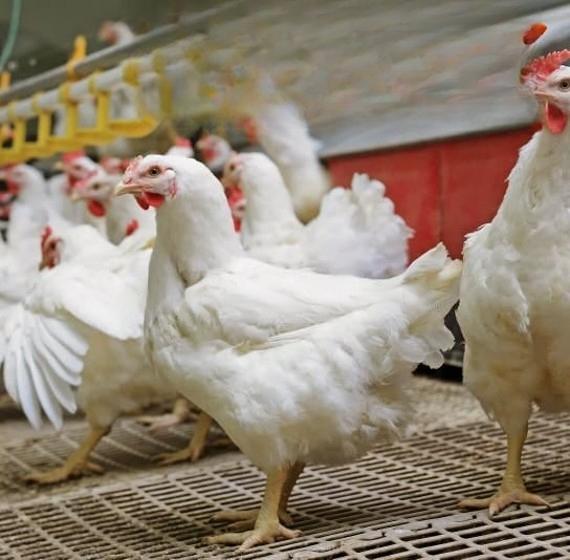
At NPRO AGROVET, we understand the importance of providing your animals with the best possible nutrition to ensure their optimal health and performance. That's why we've developed our premium feed range, packed with essential nutrients and carefully formulated to meet the unique needs of your livestock.
• Highly nutrient premium poultry feed
1. Pre starter
2. Starter
3. finisher
• Desi bird feed (Color bird, sonali, ffg )
1. Advancer (starter, finisher)
2. Maintenance feed
• Layer feed
• Counter feed
1. Counter (50 kg)
2. Counter(25kg)
Benefits of Our Premium Feed:
- High Quality Protein: Our feed contains high quality protein sources to support muscle growth and development.
- Optimal Vitamin and Mineral Balance: Carefully balanced vitamin and mineral levels ensure optimal health and well being.
- Enhanced Digestibility: Unique blend of enzymes and probiotics for improved nutrient absorption.
- Antioxidant Rich: Boosts immune function and overall health.
- No Fillers or By Products: Only wholesome ingredients used.
Key Features:
-
Formulated by Expert Nutritionists: Our team of experienced animal nutritionists craft each recipe.
-
Made with Fresh, Locally Sourced Ingredients: Supporting local farmers and ensuring freshness.
-
Manufactured in State of the Art Facilities: Ensuring quality and consistency.
Advantage of Premium poultry feed:
- improved FCR
- increased weight gain
- Better diagestibility
- Reduced pathogen load
- Reduced mortality rate
- Minimum protein content 22-23%
- Supports continued growth and muscle development
- The growth rate of broiler is much faster than that of ordinary feed
- Improve profitability and birds performance
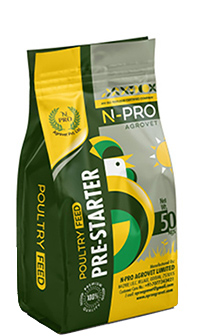
PRE STARTER
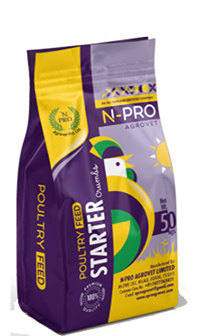
STARTER
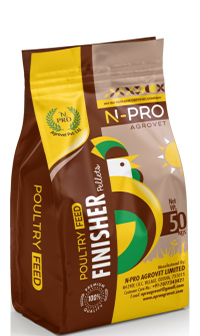
FINISHER
Desi bird feed (Color bird, sonali, ffg )
Desi birds are indigenous chicken breeds from India, known for their hardiness and adaptability.
• Characteristics:
- Small to medium size
- Diverse colors and patterns (e.g., white, black, brown, gray)
- Dual purpose (egg and meat production)
- Good foraging ability
- Resistant to diseases
• Advantages:
- Low maintenance
- High egg production (180-200 eggs/year)
- Rich, flavorful meat
- Suitable for backyard farming
Sonali Chicken
Sonali is a popular Desi chicken breed from India, known for its high egg production.
• Characteristics:
- Medium size
- Golden brown plumage with white markings
- Friendly, docile nature
- Good forager
- Lays around 200-220 brown eggs per year
• Advantages:
- High egg production
- Easy to manage
- Disease resistant
- Suitable for small scale farming
FFG Sonali
FFG (Fast Feather Growth) Sonali is a crossbreed between Sonali and other breeds, developed for improved growth rate and feathering.
• Characteristics:
- Faster growth rate
- Improved feather coverage
- Enhanced egg production (220-240 eggs/year)
- Better disease resistance
• Advantages:
- Increased productivity
- Better feed conversion ratio
- Suitable for commercial farming
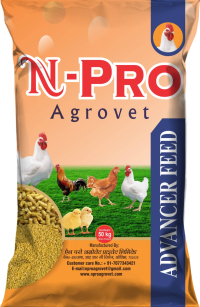
ADVANCER
Starter(crumbs) / finisher(pellets)
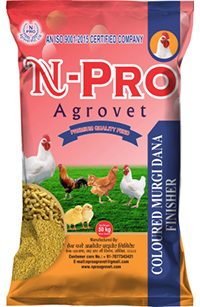
COLOURED BIRD FEED
Maintenance Feed
Advancer for Desi Birds like Sonali and FFG
• Provide a balanced diet rich in protein (18-19%), calcium and phosphorus.
• Include grains like maize, wheat.
• Supplement with vegetables, fruits and leafy greens.
• Increased productivity.
• Better feed conversion ratio.
• Suitable for commercial farming.
• Made with natural methods and chemical free
• With happy eating weight also increases
• Makes farmers more profitable in less days
• Chickens stay fit and healthy while maintaining their weight growth rate
Layer feed
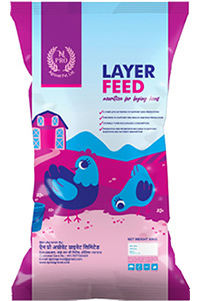
LAYER FEED
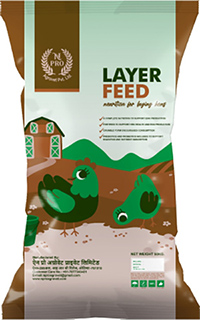
LAYER FEED
Counter Feed
You're referring to counter feeds that benefit
chickens at the cutting center, specifically focusing on poultry processing.
Here are some examples:
Counter Feeds for Chicken at Cutting Center:
These counter feeds aim to enhance meat quality, reduce stress and improve animal welfare during processing.
Benefits:
1. Reduced stress and cortisol levels
2. Improved meat quality (tenderization, color, texture)
3. Enhanced shelf life
4. Better gut health
5. Increased nutritional value
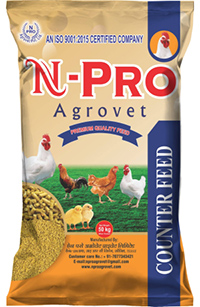
COUNTER FEED(50kg)
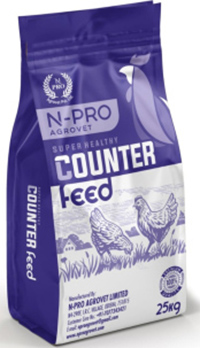
COUNTER FEED(25kg)
Cattle feed
Cattle feed refers to the nutritional diet provided to cattle to support their growth, health and productivity.
The feed formulation varies depending on factors like cattle age, breed and purpose (dairy).
• Kshir Sagar
• Milkypro Premium
• Milkypro Regular
• Nirmalya Bhog (maize magic)
• Choker
Key Components of Cattle Feed
1. Energy (50-70%): From grains like corn, barley, molasses and wheat.
2. Protein (10-50%): From sources like Soybean meal, Rice ddgs, Groundnut cake, Mustard Doc and cottonseed meal etc..
3. Fiber (10-30%): From forages like hay, silage and grass.
4. Vitamins and Minerals: Vitamin A, D, E and B vitamins, plus minerals like calcium, phosphorus and zinc.
5. Additives: Probiotics, enzymes and antioxidants.
6. A variety of feed manufactured in a superior quality and modern system.
7. Corn, soya, Mineral salts and proteins, lysine,DL-methionine, toxin binder and DCP
8. High in energy and protein.
9. Increases the milk production capacity of the animal and also increases the quality of the milk and increases immunity.
Cattle Feed Analysis
1. Crude Protein: Measures protein content.
2. TDN (Total Digestible Nutrients): Evaluates energy content.
3. NE (Net Energy): Measures energy availability.

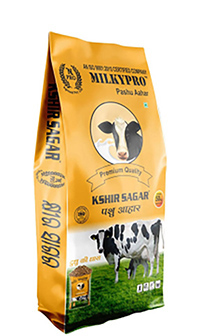
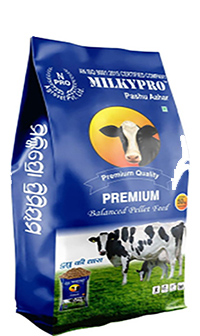
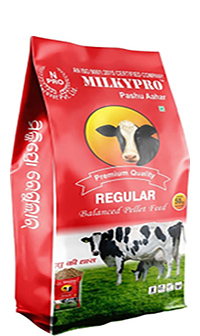
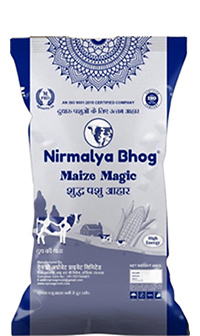
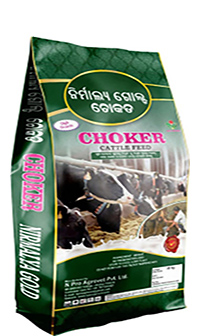
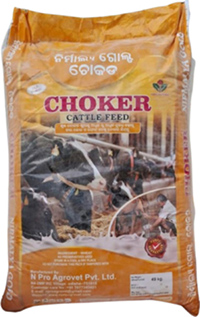

Key Components of Layer Feed
1. Protein (16-18%): From sources like soybean meal, sunflower meal.
2. Energy (2800-3000 kcal/kg): From grains like corn, wheat and barley.
3. Calcium (3.5-4%): Essential for eggshell formation.
4. Phosphorus (1.5-2%): Supports bone health and egg production.
5. Vitamins and Minerals: Vitamin A, D, E, K and B vitamins, plus minerals like zinc, iron and manganese.
6. Amino Acids: Lysine, methionine and tryptophan for optimal protein utilization.
Layer Feed
Poultry layer feed is formulated specifically for hens that are producing eggs. It typically contains a balanced mix of:
1. Protein: Essential for egg production and overall health.2. Calcium: Critical for strong eggshells, often supplemented with limestone or oyster shells.
3. Vitamins and Minerals: Such as vitamin D3 for calcium absorption and other essential nutrients for health.
4. Energy Sources: Usually from grains like corn and wheat.
Layer feeds can come in pellets or crumbles and it's important to choose a feed appropriate for the specific age and breed of the hens. Regular feeding helps ensure consistent egg production and hen well being.
Additives and Supplements
1. Probiotics: Enhance gut health and immune function.
2. Enzymes: Improve nutrient digestion and absorption.
3. Antioxidants: Reduce oxidative stress and improve egg quality.
4. Omega-3 Fatty Acids: Enhance egg nutritional value.
Factors Influencing Layer Feed Formulation
1. Bird age, size and breed.
2. Climate and environment.
3. Egg production level.
4. Feed availability and cost.
5. Regulatory requirements.